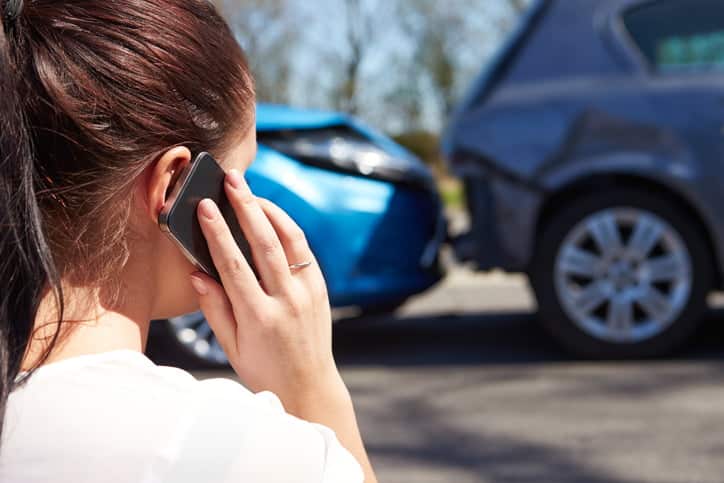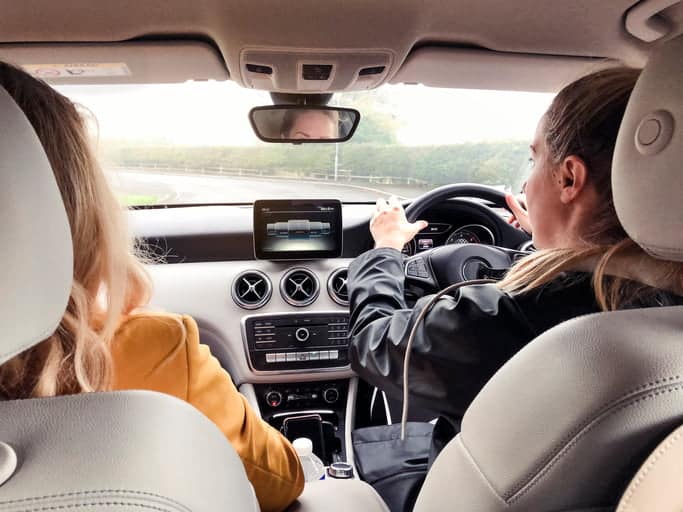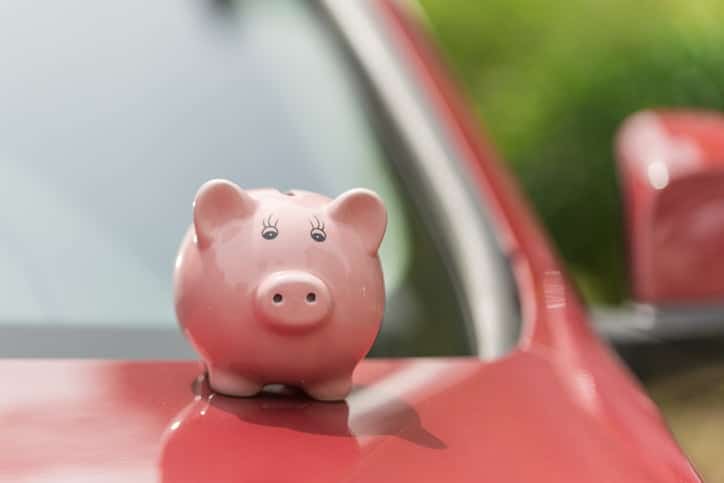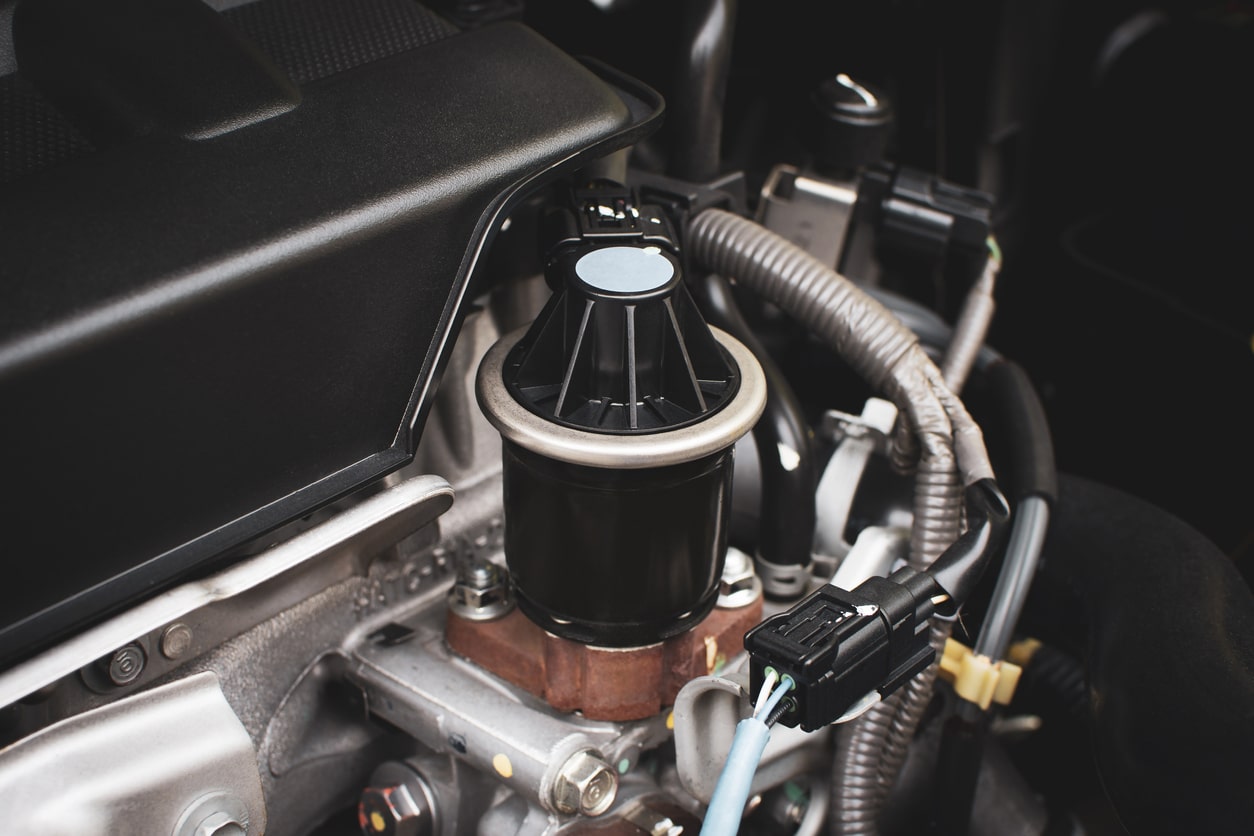No one likes buying car insurance; it’s a cost we could all do without. But, as we all know, it’s illegal to drive without cover – so we’ve got to make the best of the situation, and try to find the perfect insurance deal.
It’s tempting to just look for the cheapest, but how do you know if it’s the right insurance? And what should you look for when comparing prices and finding cover for your car?
Here, we give you an easy guide to choosing the right car insurance, helping you save money and stay fully covered.
- Getting the Right Level of Car Insurance
- Car Insurance Checklist: Know What to Look For
- What is a No Claims Bonus and How Does It Work?
- How to Lower Your Car Insurance and Get the Best Deal
Getting the Right Level of Car Insurance
When you search for car insurance, you’re asked whether you want:
- Third party
- Third party, fire and theft
- Fully comprehensive cover
But what do these terms mean and what are you getting for your money? The answers aren’t always that obvious – especially for new drivers who’ve never bought insurance before.
Understanding the terms will make your car insurance search much easier, and could save you some cash.
Third Party
Third party car insurance is the minimum you can legally have in the UK. If you crash, it covers other drivers and road users, but not you. That means if your car is damaged in an accident, you’ll be left to foot the bill.
Third party cover is best if you’re insuring a cheap, second-hand car that’s worth less than £2,000. It’s also good for people who live in high-crime areas and don’t have a no claims bonus.
Surprisingly, third party cover isn’t always the cheapest option, so be sure to shop around and look at the other options.
Third Party, Fire and Theft
Third party, fire and theft is similar to third party in that it covers other drivers when their cars are damaged in a crash. As with the first option, you’ll need to pay for repairs like dents and scratches.
The difference is, you will be covered if your car is damaged by fire, including for the cost of repairs or a full replacement. You’ll also get a pay-out if your car has been stolen.
As with third party, TPFT isn’t always the cheapest – so be sure to compare prices to get the best deal.
Fully Comprehensive
This is the highest level of insurance cover, protecting you if you damage your car or someone else’s motor, or if it’s stolen. Comprehensive is the only type of car insurance that will pay out even if the accident was your fault.
Comprehensive cover means you can claim for repairs, accidental damage and vandalism. Sometimes, it also covers you to drive other people’s cars without being a named driver, but you should always check this first.
Social, Commuting or Business
Usually, the next thing you’re asked is how you use your car, and you’re given three options:
- Social only
- Social and commuting
- Business
Insurers use these options to work out your level of risk – assuming the more you drive (especially during peak times), the more likely you’ll be involved in an accident.
Social Only
The social, domestic and pleasure option covers you for:
- Non-work travel for all named drivers on the car.
- Day-to-day driving to visit family, friends or go shopping.
Social and Commuting
This covers the above, and also:
- Driving back and forth from a single, permanent place of work.
- There are a couple of grey areas here. Driving to a train station to commute to work is classed as commuting by some insurers but not all, as is driving a family member to work. So, be sure to check the fine-print first.
Business
If you use a car for work-related travel, you’ll need business car insurance. This covers:
- All the above, as well as any work-related driving.
- Commercial travel – so, if you’re a delivery driver or salesperson who drives for a living.
Social only is always the cheapest because insurers assume you’re less likely to have an accident. However, don’t be tempted to choose this option to save money. If you use your car to get to work but are only insured for social and pleasure, you may not be able to make a successful claim.
It’s always best to be honest when buying car insurance, and check the fine print.
Car Insurance Checklist: Know What to Look For
If you want the best cover for the best price, here are a few things to look out for as you begin your search, and think about whether you need them:
- Look carefully at what’s covered – All car insurance is different, so you’ll need to read through what’s covered by a premium. It’s a good idea to check for things like personal belongings left in the car, vehicle recovery and loss of keys.
- Need to add named drivers? – Some insurers don’t let you add other drivers to your policy midway through, so if you think you’ll need to add people, check this first.
- Courtesy cars – Courtesy cars can be a real life-saver if your car’s getting repaired after an accident, but not all insurers offer them. Does yours? Would you be able to sort alternative transport yourself?
- Legal expenses – Legal costs (like defending yourself against another driver, or pursuing damages if you’ve been injured) can be a grey area when buying car insurance, and some insurers aren’t upfront about whether it’s included. Make sure you know exactly what kind of cover you get before signing up to a policy, as well as the maximum claim amount.
- 24-hour helpline – It’s an easy one to overlook, but insurers that offer a 24-hour helpline can be much easier to deal with. If their lines are only open during office hours, you could struggle to manage your claim. Find an insurer with round-the-clock support if possible.
- Accident transport – If you’re involved in an accident, some insurers can arrange for you to be picked up from the scene, others can’t. This can offer great peace of mind.
- Breakdown cover – A nice but unessential perk, some insurers will include a year’s breakdown cover in the cost of your policy – which is a good way to save on other motoring costs.
What is a No Claims Bonus and How Does It Work?
A no claims bonus is offered to drivers who’ve never made a claim on their insurance policies. It gives savings on the price of your next insurance premium, and you build higher discounts for every year that you don’t make a claim.
Typically, you’ll get the following discount for every year added to your no claims bonus:
- 30% for one year
- 40% for two years
- 50% for three years
- 60% for four years
- 65%+ after five years (depending on the insurer)
As you can see, it’s well worth building your no claims bonus, and many drivers now choose to ‘protect’ theirs with an optional add-on when buying insurance.
What happens to your no claims bonus if you make an insurance claim? It differs from insurer to insurer, but you’ll normally be deducted two years’ worth of no claims discounts, and you’ll see your premium go up if you were to blame.
How to Lower Your Car Insurance and Get the Best Deal
There are a few things you can do to get a better deal when buying car insurance – take a look at our top money-saving tips below:
- Sign up to a black box policy – Insurers use black box technology to see how safely you drive. If you prove you’re a safe driver, your insurance could fall, so you’ll enjoy lower monthly payments.
- Add a second named driver – Even if they don’t use the car much, a second driver can help bring down your insurance premium – especially if they’re a trusted individual who works in the public sector (police officer, teacher, doctor, etc.).
- Pay annually – If you can afford to pay annually, do it. Insurers charge interest on monthly repayments, and this is often at a higher amount than a credit card.
- Only pay for what you need – Insurers will try to sell you add-ons when you’re buying insurance, but don’t feel like you have to accept them. Only pay for the cover you need to keep costs low.
- Protect your no claims bonus – One add-on you should consider is no claims bonus protection, as this will ensure you don’t lose out on sizeable discounts if you need to make a claim.
We hope this helps you get a better deal on car insurance. To find out about our brilliant DIY car maintenance tools and products, visit our homepage today.






